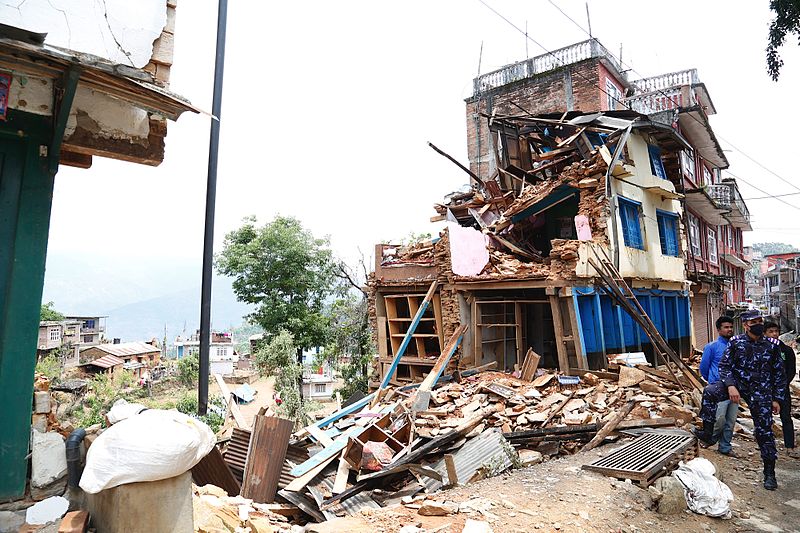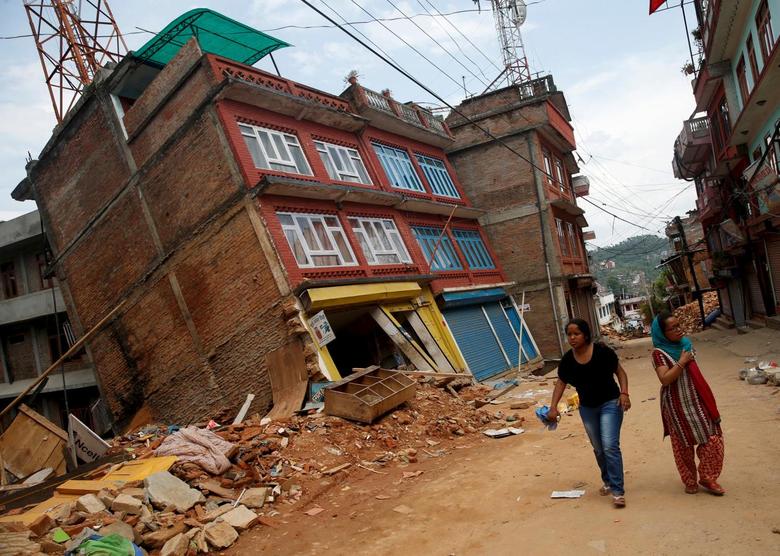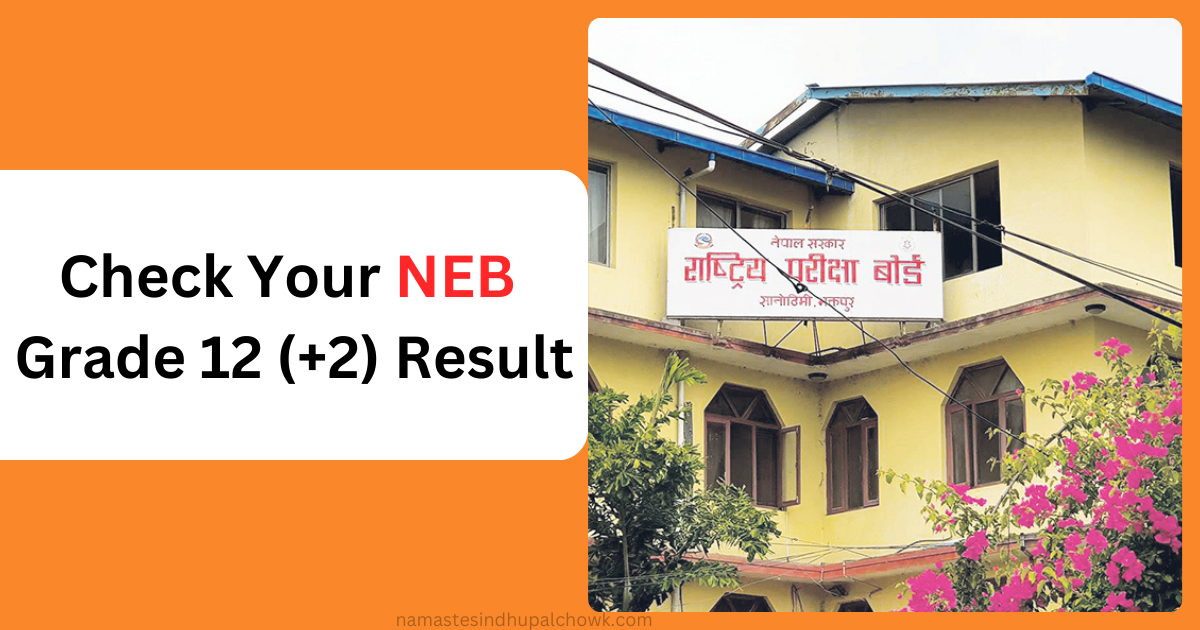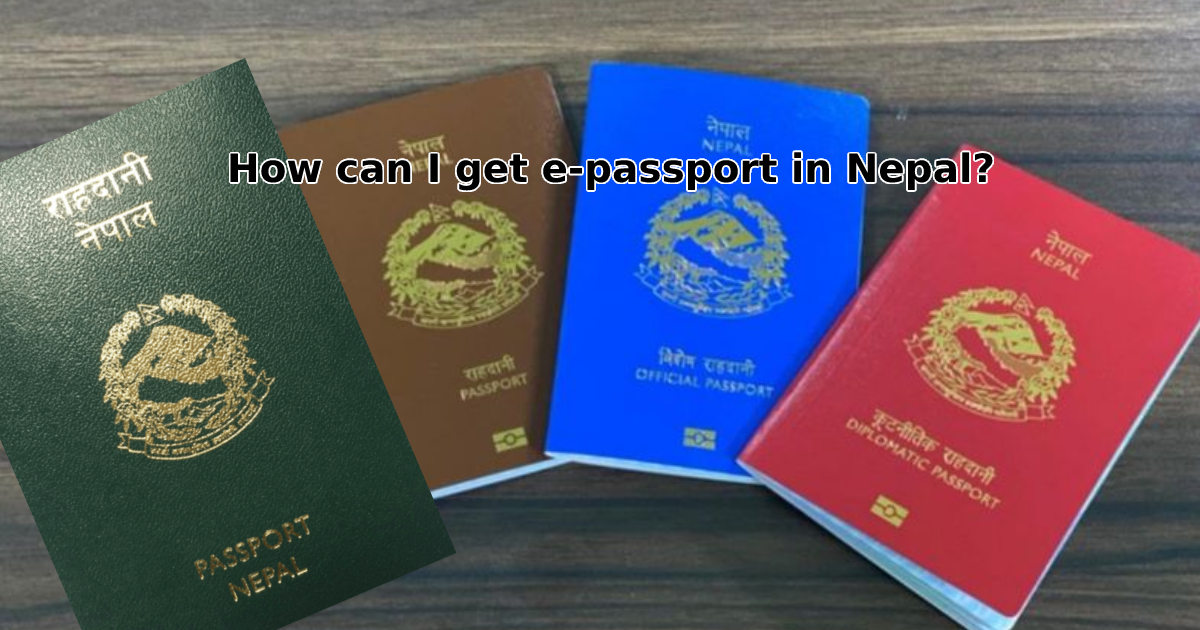On the 25 April 2015 (12th Baisakh 2072 BS) at 11:56 AM (Nepalese local time), the ground suddenly started shaking. In fact, it was a very big earthquake that hit Nepal after about 80 years of Nepal – Bihar earthquake in 1990 BS (1934AD). An earthquake of magnitude 7.8 Mw occurred with Barpak in Gorkha, west of Kathmandu, as the epicentre. It is also known as the Gorkha Earthquake 2015 because its epicentre was in Gorkha. Seismometers of different countries measure this earthquake in different ways. Gorkha Earthquake 2015 affected India, China, Bangladesh as well as Nepal.
According to the United State Geological Survey (USGS), this earthquake was recorded as having a magnitude of 7.8Mw. Similarly, the China Earthquake Network Center (CENC) determined the earthquake's magnitude to be 8.1 Ms. According to the Indian Meteorological Department (IMD), two powerful earthquakes occurred in Nepal that day. The first earthquake was of magnitude 7.8Mw and the second 6.6Mw. The epicentre of which was respectively west-north and east of Kathmandu.
Even after the Gorkha earthquake of 25th April, there were a negligible number of small aftershocks in various areas around Nepal. In the same way, the people who have been facing aftershocks of small and big earthquakes had to face the shock of a powerful earthquake again within a few days. That day was May 12 2015 (2072 Baisakh 29) local time 12:50 PM. On that day, an earthquake of magnitude 7.3Mw occurred in the northeast direction from Kathmandu, with the epicentre at the border area of Sindhupalchok and Dolakha. This earthquake caused damage in various places in Nepal as well as in various states of China, Bangladesh and India.
A few minutes after the May 12th earthquake, an earthquake of magnitude 6.3Mw occurred again through the epicentre of Ramechhap. Its effect was also felt in Nepal and surrounding areas.
According to the Global Report on Disaster Risk, Nepal ranks 11th in the world in terms of earthquake risk.
2015AD was the year of the earthquake in Nepal. The main tremor and aftershocks continued throughout the year. This natural calamity, which can be predicted by anyone, caused a lot of human and property damage in Nepal and surrounding areas.
On April 25, 2015, the earthquake that occurred Gorkha epicentre killed more than 8,800 people and injured more than 20,000 people in Nepal. Similarly, more than three million people were homeless. Historical heritage sites such as Patan Darbar, Basantpur, Bhaktapur, Changunarayan, Dharahara and others listed in the World Heritage List were partially and completely damaged.
In the earthquake of May 12, more than 200 people died in Nepal and around 4000 people were injured. Some structures that survived the April 25 earthquake were also destroyed by this earthquake. Due to the earthquake at that time, more than 200 people went missing in an avalanche in the Langtang area. Similarly, 22 people died in an avalanche in the Everest region.
14 districts of Nepal were greatly affected by the 2015 earthquake. It includes Gorkha, Dhading, Rasuwa, Nuwakot, Kathmandu, Lalitpur, Bhaktapur, Kavrepalanchowk, Sindhupalchowk, Dolakha, Sindhuli, Makawanpur, Ramechhap and Okhaldhunga. Many people and property were lost in these districts. After the earthquake, the structures in these areas changed a lot.
After the earthquake, Nepal had to deal with a very big economic crisis. It seems to create social, psychological, economic, political and other problems in people.
2015 Nepal in Earthquake Causes
Scientists say that there are two main reasons for earthquakes. One is a volcano and the other is due to the unnatural movement of the underground plate. There are seven land plates namely African, Antarctic, Indo-Australian, North American, Eurasian, Pacific and South American.
The 2015 Great Earthquake in Nepal was caused by the movement of plates under the ground. At that time, while the Indo-Australian plate was moving, friction with the Eurasian plate generated powerful energy. And the same energy shook the land around Nepal. That is said to be the main cause of that earthquake.

Sindhupalchowk Earthquake Impact
Sindhupalchok district (which is located in the northeast direction of Kathmandu) was badly affected by the powerful earthquakes that occurred on April 25 and May 12, 2015. The effect of which can still be seen in Sindhupalchowk. The earthquake destroyed almost all the houses in this district. Many people lost their lives. Probably the most human casualties occurred in this district.
About 4000 people lost their lives in Sindhupalchok in that earthquake. Many people were injured. About 8000 houses were completely destroyed. Which made thousands of people homeless. After the earthquake, it started monsoon (raining). Many families spent the rainy season under tents.
25 April 2015 was a Saturday. As all the offices and schools are closed, the loss of life has been reduced. Most of the school buildings in Sindhupalchok were also completely damaged. As a result, schools remained closed for a long time after the earthquake. And, the tent was also used as a classroom. Due to the sudden earthquake, Nepal itself was suffering. Sindhupalchok was not left untouched. Due to the earthquake, it seems that the social, economic, cultural and psychological aspects of this place have been badly affected.
Death of people and loss of property
2015 AD was the year of the earthquake in Nepal. The main tremor and aftershocks continued throughout the year. This natural calamity, which can be predicted by anyone, caused a lot of human and property damage in Nepal and surrounding areas.
On April 25, 2015, the earthquake that occurred Gorkha epicentre killed more than 8,800 people and injured more than 20,000 people in Nepal. Similarly, more than three million people were homeless. Historical heritage sites such as Patan Darbar, Basantpur, Bhaktapur, Changunarayan, Dharahara and others listed in the World Heritage List were partially and completely damaged.
In the earthquake of May 12, more than 200 people died in Nepal and around 4000 people were injured. Some structures that survived the April 25 earthquake were also destroyed by this earthquake. Due to the earthquake at that time, more than 200 people went missing in an avalanche in the Langtang area. Similarly, 22 people died in an avalanche in the Everest region.
14 districts of Nepal were greatly affected by the 2015 earthquake. It includes Gorkha, Dhading, Rasuwa, Nuwakot, Kathmandu, Lalitpur, Bhaktapur, Kavrepalanchowk, Sindhupalchowk, Dolakha, Sindhuli, Makawanpur, Ramechhap and Okhaldhunga. Many people and property were lost in these districts. After the earthquake, the structures in these areas changed a lot.
After the earthquake, Nepal had to deal with a very big economic crisis. It seems to create social, psychological, economic, political and other problems in people.
Post-Earthquake Relief Distribution and Reconstruction
After the 2015 earthquake in Nepal, donor agencies were more active than the government in relief distribution and reconstruction work. Nepal's disaster management preparations were not very effective at that time. The main role of the Nepali Army, Police and Armed Police was to move the collapsed structures and rescue the people. The role of the army and volunteers in the distribution of relief provided by various donor agencies to the government was also very encouraging. Foreign donors provided financial, material and humanitarian support to Nepal to restore the structure of Nepal, which was devastated by the earthquake.
The government also formed an organization under the government called the Reconstruction Authority to play a leading role in rebuilding the structures collapsed by the earthquake. The government also provided three lakh rupees to build houses for the earthquake victims. Which was not enough to build a house. The construction work of the houses destroyed by the earthquake also started according to the government's standards. The government also provided technical training to many people in the village about the standards of building houses.
Relief Distribution & Reconstruction in Sindhupalchok
After the earthquake in the Sindhupalchok district, the relief distribution work continued with the institutional and individual support of various donors. Donors distributed food, clothes, tents etc. in the villages. Until sometime after the earthquake, relief was distributed by different donors in many villages of Sindhupalchok. Many villages in Sindhupalchok got their structures again by adding 3 lakhs given by the government and some of their own financial resources. However, before the earthquake, the structure was made of stone and clay, but after the earthquake, it was turned into concrete. Medium-height house structures got priority over high-rise structures.
In different places in Nepal, the reconstruction was also accelerated in this way. Most of the historic buildings destroyed by the earthquake have been reconstructed so far.







